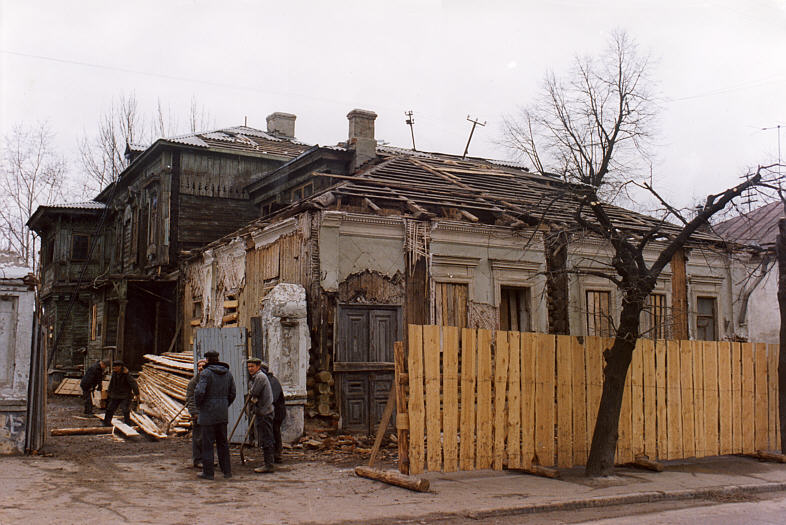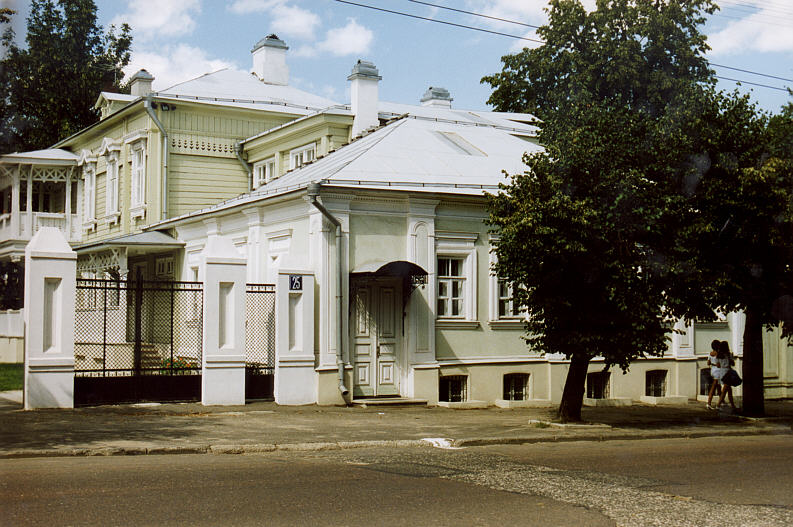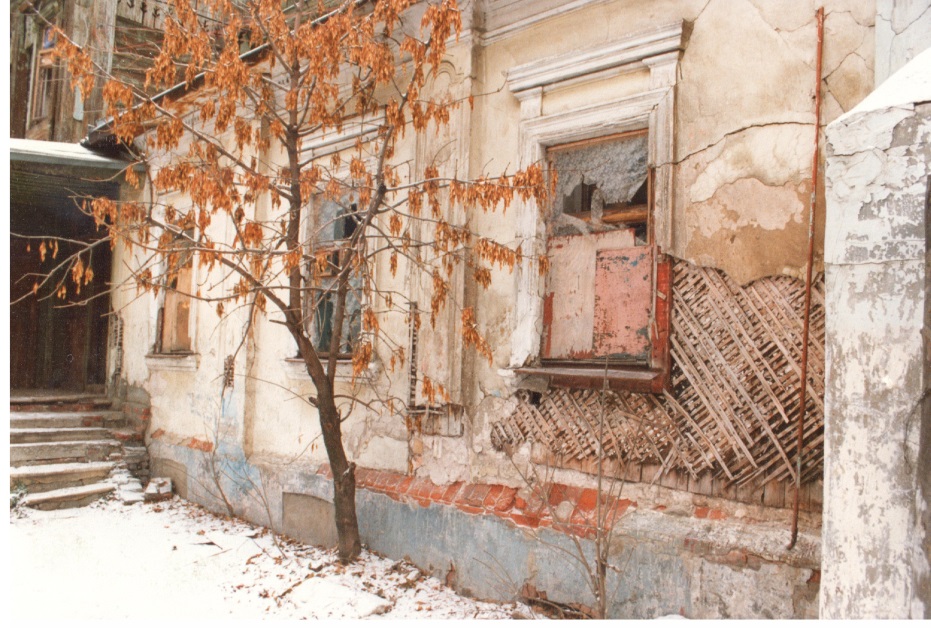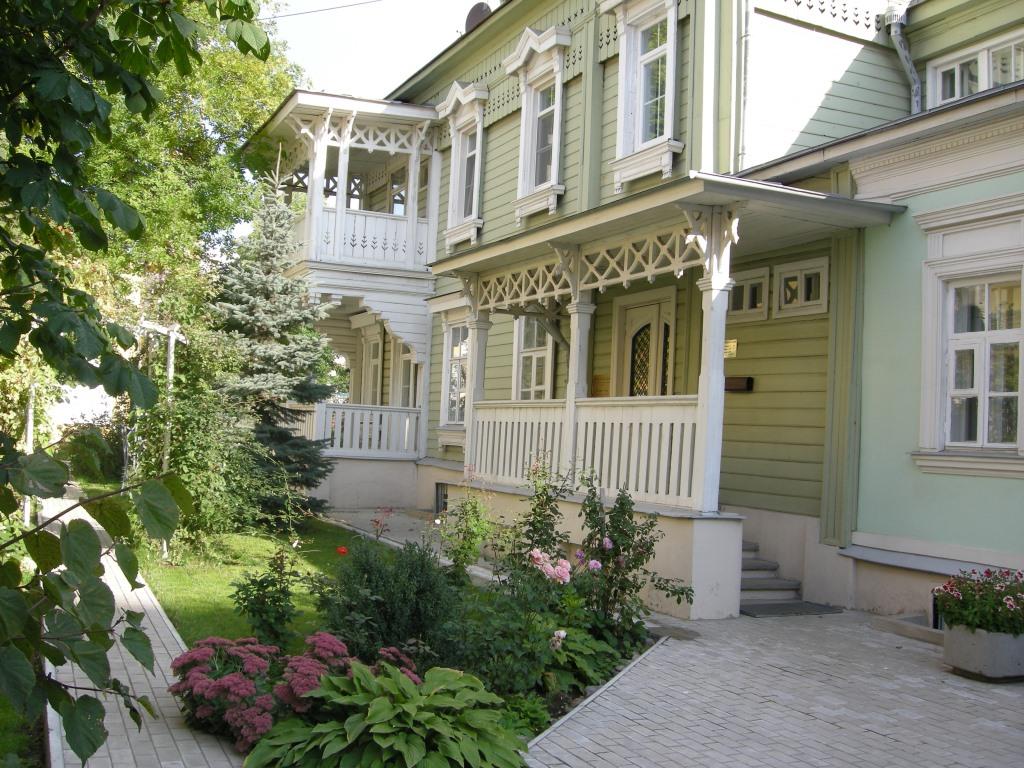History of Erlangen-House
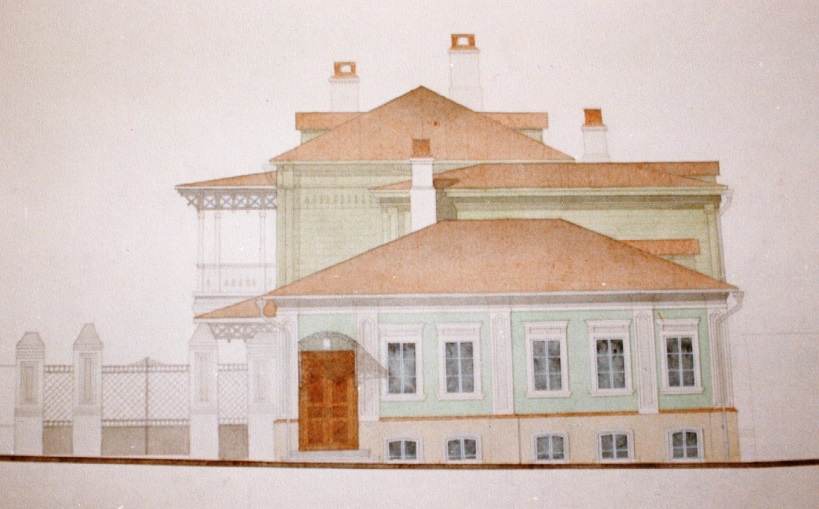
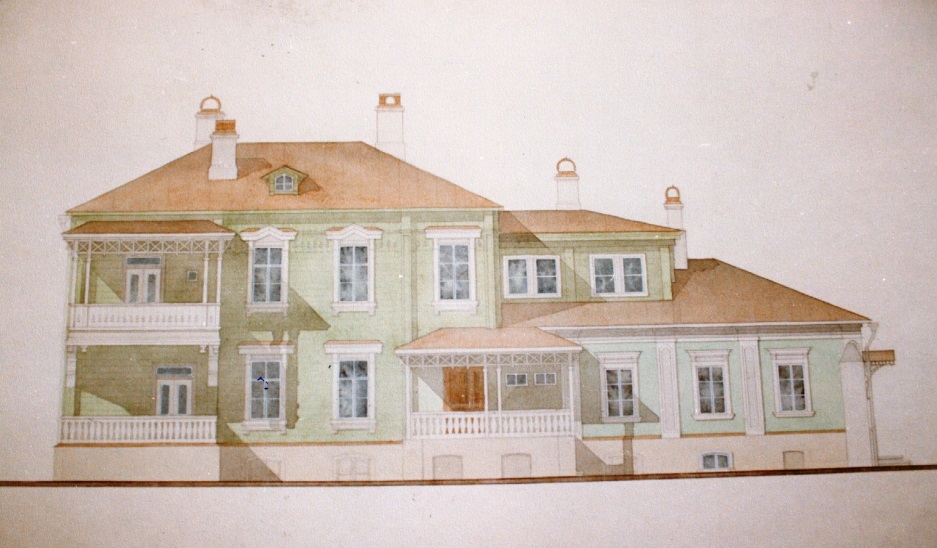
House number 25 Nizhegorodskaya Street was built in the 1830s. The centre of the house was a one-storey timber construction with outdoor stairs and a solid oak door. The front of the detached family house was to the street, and later, facing the garden at the back, there was the addition of a two-storey wooden building with two balconies on the upper floor. These were decorated with big wooden-framed casement windows and ledges. The front part of the house was plastered and the façade had ornate arches and projections to give it the appearance of a brick house.
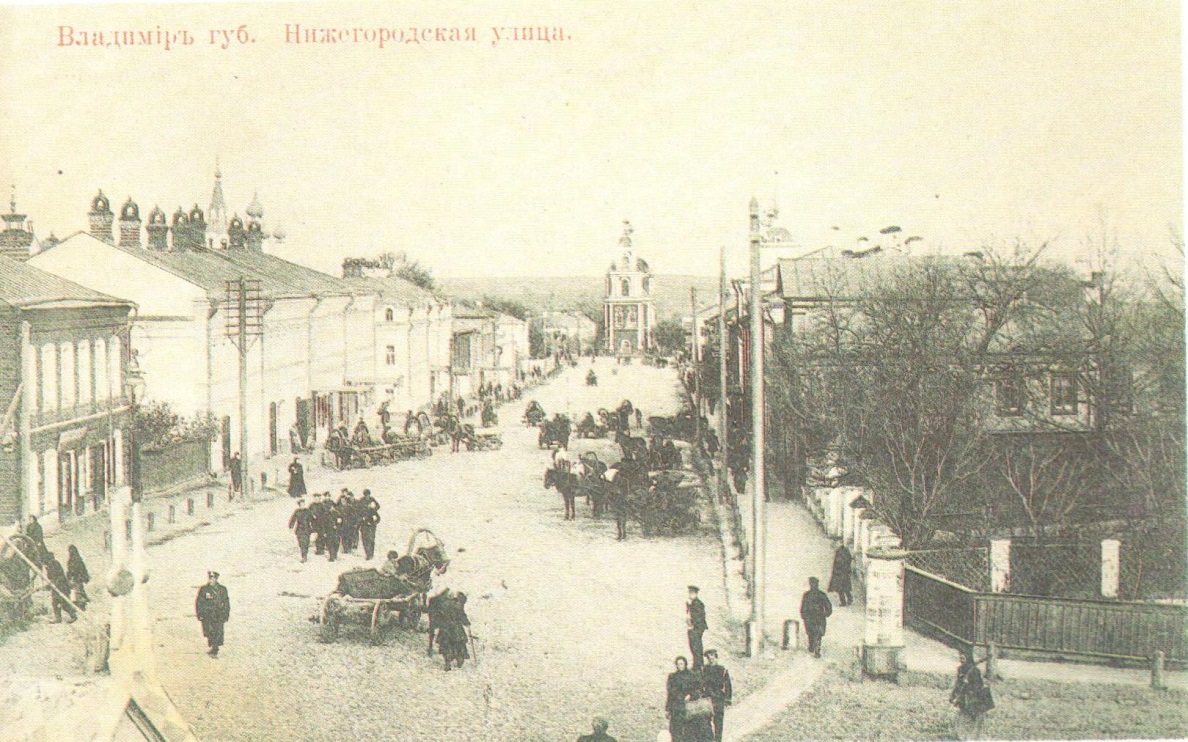
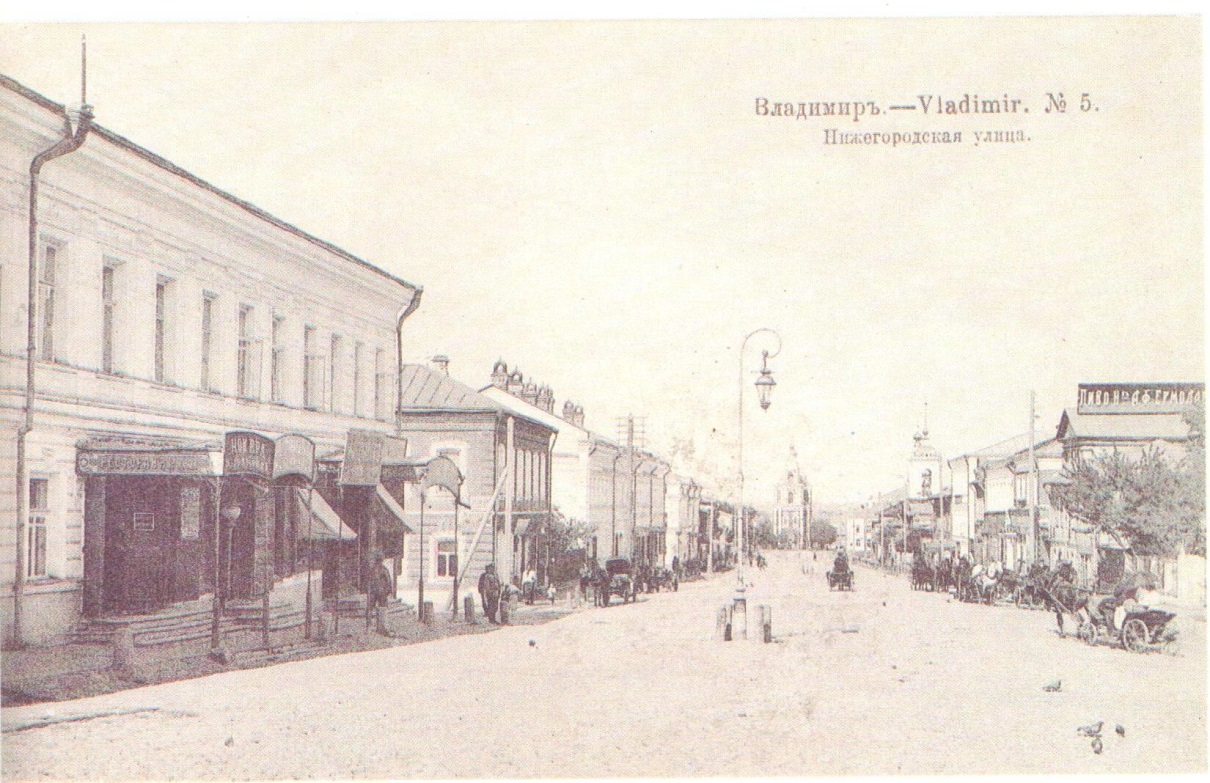
The house was heated with stoves and water was carried via pipes from the well in the garden. The waste from the sewers was channelled to another well in the back yard. Half of the yard was cobblestoned; on the left were big tin-roofed barns with stables for cows and horses, hen sheds, two ice cellars and a hay and fodder loft.
Behind the house there was a huge orchard with a gravel path leading through the garden to a watchman’s stone cottage. Ancient lindens protected the garden from the wind on three sides.

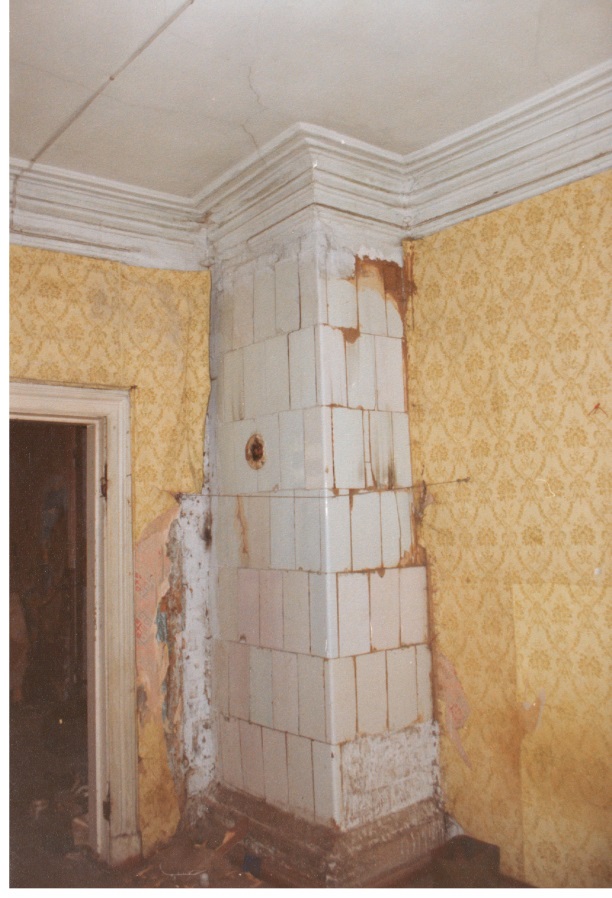
Many famous and prominent citizens of Vladimir lived in Nizhegorodskaya Street. Among those who lived at number 25 was the Stoletov family, first mentioned in Vladimir in the 16th century. After the Revolution the house became a Kommunalka, communal housing in which several families shared the kitchen and bathroom.
The big rooms were converted into small rooms, providing accommodation for between sixteen and twenty families. These people had no “modern” conveniences or privacy, but they had stove heating.
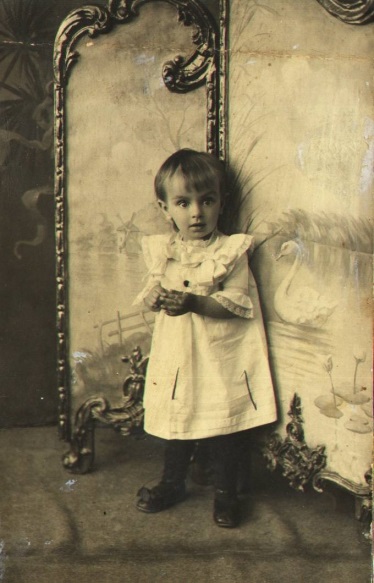

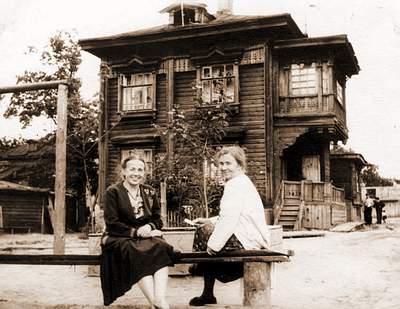
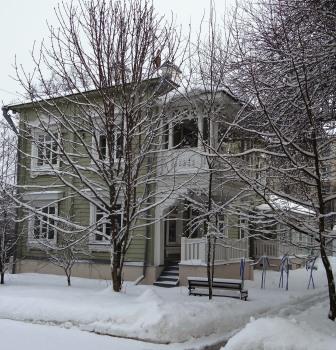
The house gradually fell into disrepair. In 1992, the twin towns of Erlangen and Vladimir launched the project on the House of Friendship. Of four old houses that had been preserved in the town, this was the one which came up to Erlangen’s expectations. The restoration of the building was to serve as a model for urban redevelopment. During the restoration, craftsmen and builders from Wladimir’s municipal department for the restoration of the historic town centre worked together with Erlangen’s honorary master builder. The basic idea behind the costly and extensive restoration was ”Russian on the outside, German on the inside”.
